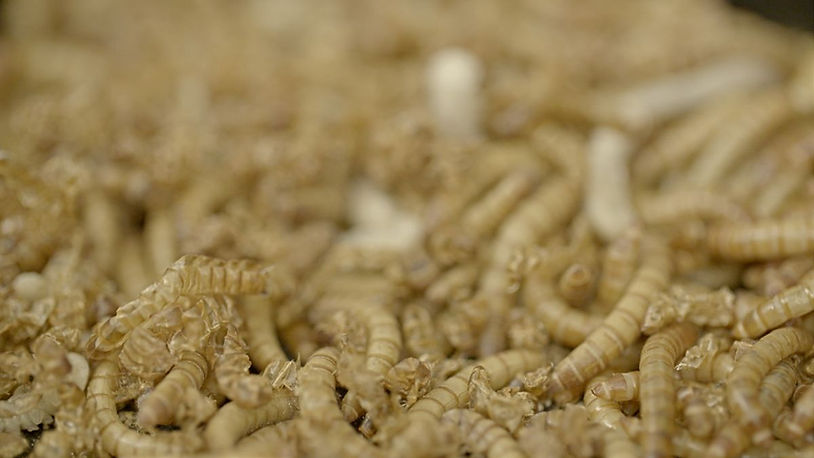By: Sebastian Yan
Every year, at least 14 million tons of non-biodegradable plastics end up in the ocean. They release toxic substances into the ecosystem, posing serious danger to animals as well as humans. Last week, scientists from the University of Queensland in Brisbane, Australia, published an article on Microbial Genomics, which could be the key to solving the plastic crisis. The researchers discovered that a species of beetle larvae so called “superworm” could degrade and recycle Styrofoam into other plastic products.
This team led by professor Christian Rinke tested superworms with different diets for a 3 week period and showed that these larvae could survive solely on polystyrene, the main component of Styrofoam. Using metagenomic analysis, Rinke’s team tracked changes in gut microbiomes of superworms reared on bran, Styrofoam, and a fasting-diet. They found 6 strains of bacteria significantly enriched in the Styrofoam group, suggesting that these microorganisms might be responsible for plastic degradation. Within the 6 strains of bacteria, Rinke’s team further identified several enriched enzymes capable of breaking down polystyrene.
This article came amid a group of recent research in the growing field of biodegradation, the study of biological processes that recycle previously non-degradable material such as plastics. As early as 2015, researchers from Stanford University revealed that mealworms could survive solely on Styrofoam, suggesting a recycle plant pipeline where the droppings could be used as fertilizers and the worms as food for livestock. Similarly, scientists from University of Texas have also identified enzymes that degrade plastic products such as water bottles and polythene resin found in clothes. Ideally, the results from these previous studies would allow recycling plants to convert polystyrene waste into high-value compounds such as bioplastics. According to Rinke’s co-author Jiarui Sun, their next step is to translate this lab technology into industrial application. If this technology can be successfully implemented in recycling plants, these researchers would pave the way to recycle the Styrofoam trash that accounts for as much as 30 percent of landfill space worldwide.
However, upscaling the lab procedure into industrial application is not that easy. Firstly, it remains unclear what kind of organic waste the enzyme would generate. Jeremy O’Brien, the director of applied research at the Solid Waste Association of North America (SWANA), worries that the end product might even harm the microorganisms already used in landfills to reduce odors. In addition, the differences between lab and landfill environments means that plastic-digesting enzymes discovered in lab settings might not work at their maximum efficiency in the hot environment of a recycling plant. “When you find something on a beach or you find something in a worm gut, that’s great, but all the enzymes in that thing work pretty much under the conditions where you found it, and those may not be industrial conditions,” said Dr. Andrew Ellington, a professor at the University of Texas at Austin.
Sources:











